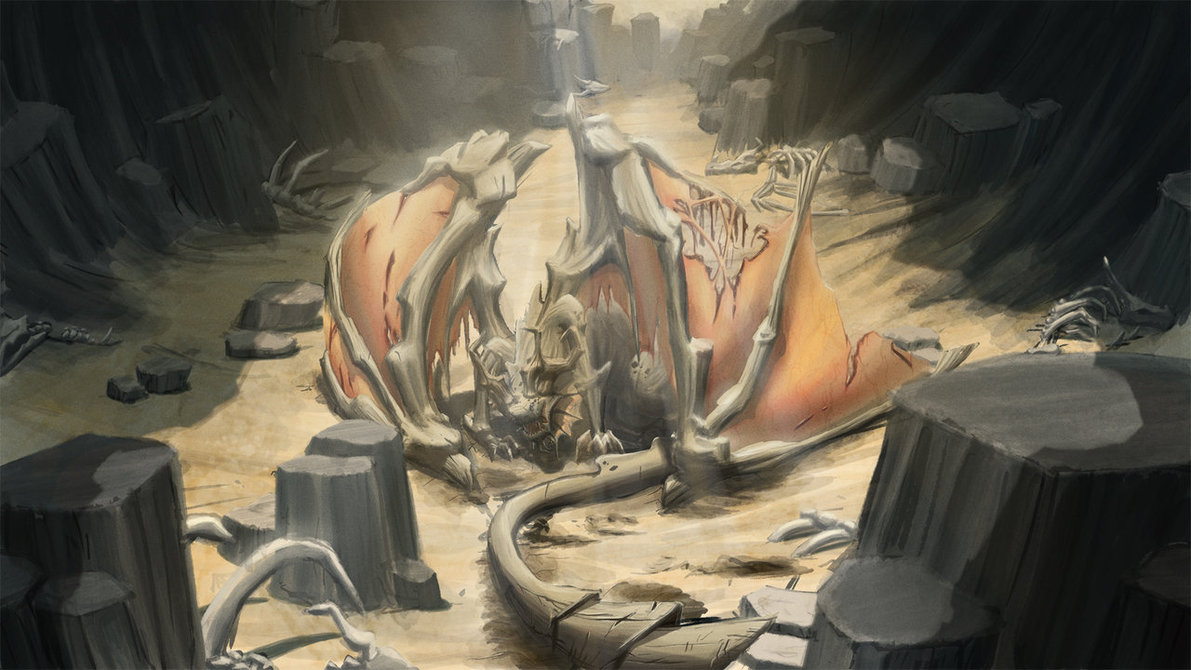Dragonborn
Dragonborn don't have skin colour, but kin colour.
In contrast to their dragon precursors, there is no distinguishable difference in terms of size or inherent strength.
Newly born's are often assigned a permanent guard who bears responsibility for their wellbeing. This guard can be a loyal household guard, a member of the family who has served their mandatory military service, or an in-service military personnel that rotates every few years. The latter option is often given to the hatchlings in the state-run care homes.
In contrast to their dragon precursors, there is no distinguishable difference in terms of size or inherent strength.
Newly born's are often assigned a permanent guard who bears responsibility for their wellbeing. This guard can be a loyal household guard, a member of the family who has served their mandatory military service, or an in-service military personnel that rotates every few years. The latter option is often given to the hatchlings in the state-run care homes.
Basic Information
Anatomy
Males often have longer snouts than their female counterparts. They are also more likely to have 'gild horns', or small horns that are seen on the face, typically seen cresting the upper area of the eye socket.
Genetics and Reproduction
Dragonborn females are capable of laying a single egg every six months or so. Occasionally, a female will lay two undersized eggs, or have an exceptionally large double-yolk egg. Twins that survive incubation are extremely rare and if one of them is destined to become a sorcerer then both will have a higher than average magical potential.
When a female is gravid (i.e. 'with egg') she will have about a weeklong window where she'll need to have sex and have the egg fertilised before the egg is re-absorbed into her body. This egg weighs around 6% of the female's weight.
If an egg is fertilized, it will continue to develop within the female’s body for about another 2 ½ - 3 weeks. During this time, she will be ravenously hungry, and could risk losing a dangerous amount of weight if she does not maintain a high caloric input. She will usually require assistance from her partner, or family, in order to eat enough.
A normal egg typically requires 12 months of incubation. Optimal humidity/temperature of the nest fosters more rapid growth, with exceptional speed increases seen when using copperwood incubators. Dragonborn eggs are always the color of the resulting hatchling’s skin.
Theoretically, a female can produce around 53 children in her adult life with 1-2 children being born in a year. This assumes the female is fertilised every time she is gravid. It is unlikely however, that any family would be willing to support this many children from one of their own children.
If an egg or a child is decided to be unwanted by the parent/s then it can be given to the government care facilities. These are fairly numerous and at least one can be found in most towns.
When a female is gravid (i.e. 'with egg') she will have about a weeklong window where she'll need to have sex and have the egg fertilised before the egg is re-absorbed into her body. This egg weighs around 6% of the female's weight.
If an egg is fertilized, it will continue to develop within the female’s body for about another 2 ½ - 3 weeks. During this time, she will be ravenously hungry, and could risk losing a dangerous amount of weight if she does not maintain a high caloric input. She will usually require assistance from her partner, or family, in order to eat enough.
A normal egg typically requires 12 months of incubation. Optimal humidity/temperature of the nest fosters more rapid growth, with exceptional speed increases seen when using copperwood incubators. Dragonborn eggs are always the color of the resulting hatchling’s skin.
Theoretically, a female can produce around 53 children in her adult life with 1-2 children being born in a year. This assumes the female is fertilised every time she is gravid. It is unlikely however, that any family would be willing to support this many children from one of their own children.
If an egg or a child is decided to be unwanted by the parent/s then it can be given to the government care facilities. These are fairly numerous and at least one can be found in most towns.
Growth Rate & Stages
Hatchling dragonborn are capable understanding speech immediately and can walk within the first day. It usually takes them a few weeks to fully grasp talking.
Dragonborn are considered adults at around age 15, with the typical life expectancy being around 60 years.
Dragonborn are considered adults at around age 15, with the typical life expectancy being around 60 years.
Lifespan
60
Average Height
5' 5" - 7' 0"
Average Weight
250 lbs. and 350 lbs. (~110kg to 160kg)
Remove these ads. Join the Worldbuilders Guild



Comments
Author's Notes
Many of the ideas and the numbers come from u/PantherophisNiger - specifically this post: https://www.reddit.com/r/DnDBehindTheScreen/comments/5bjos8/a_dragonborn_empire_biology_military_religion/